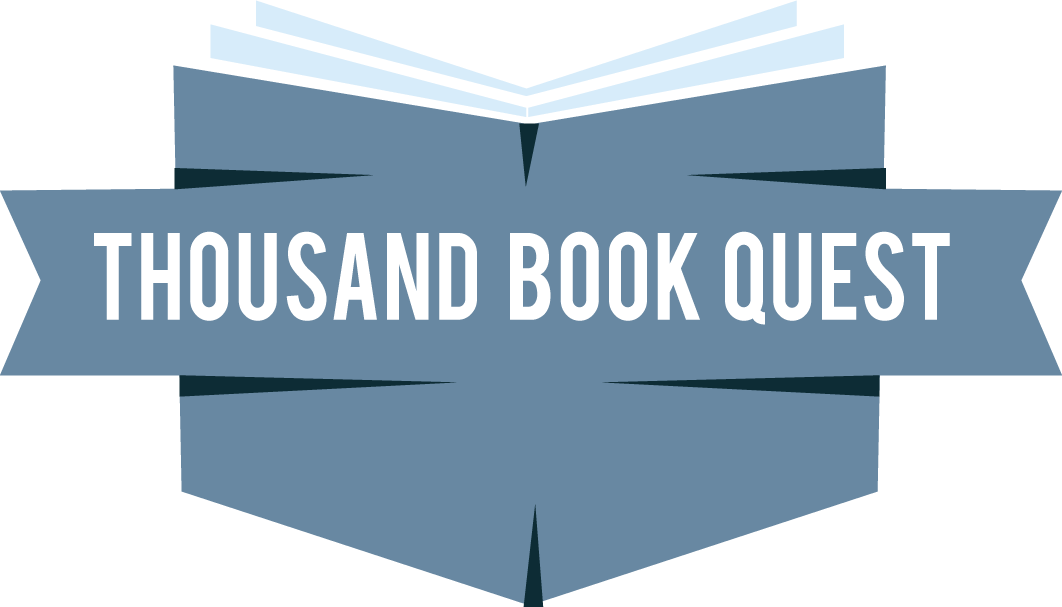482. The Butchering Art: Joseph Lister’s Quest to Transform the Grisly World of Victorian Medicine
Rating: ☆☆☆
Recommended by: Ben and Drue Emerson
Author: Lindsey Fitzharris
Genre: Non Fiction, Biography, Science, Medicine, Health
304 pages, published October 31, 2017
Reading Format: Book
Summary
The Butchering Art tells the story of Joseph Lister, a Quaker surgeon in nineteenth-century England and Scotland who solved the riddle of post operative infections. Drawing from the work of friend Louis Pasteur and his own tireless experimentation, Lister proved germ theory and changed the practice of medicine and saving countless lives.
Quotes
“The adoption of Lister’s antiseptic system was the most prominent outward sign of the medical community’s acceptance of a germ theory, and it marked the epochal moment when medicine and science merged.”
“From the moment he looked through the lens of his father’s microscope to the day he was knighted by Queen Victoria, his life was shaped and influenced by his circumstances and the people around him. Like all of us, he saw his world through the prism of opinions held by those whom he admired most:”
“Lister understood that being in a hospital could be a terrifying experience and followed his own golden rule: “Every patient, even the most degraded, should be treated with the same care and regard as though he were the Prince of Wales himself.”
“The best that can be said about Victorian hospitals is that they were a slight improvement over their Georgian predecessors. That’s hardly a ringing endorsement when one considers that a hospital’s “Chief Bug-Catcher”—whose job it was to rid the mattresses of lice—was paid more than its surgeons.”
“If Lister had nursed any hope that his diligence and reasoned argument concerning his antiseptic system would convert the American audience, he would be sorely disappointed. One attendee accused him of being mentally unhinged and having a “grasshopper in the head.”
“Erysipelas was one of four major infections that plagued hospitals in the nineteenth century. The other three were hospital gangrene (ulcers that lead to decay of flesh, muscle, and bone), septicemia (blood poisoning), and pyemia (development of pus-filled abscesses).”
“When a distinguished but elderly scientist states that something is possible, he is almost certainly right. When he states that something is impossible, he is almost certainly wrong. —ARTHUR C. CLARKE”
“The symptoms syphilis engendered worsened over time. In addition to the unsightly skin ulcers that pockmarked the body in the later stages of the disease, many victims endured paralysis, blindness, dementia, and “saddle nose,” a grotesque deformity that occurs when the bridge of the nose caves into the face. (Syphilis was so common that “no nose clubs” sprang up all over London. One newspaper reported that “an eccentric gentleman, having taken a fancy to see a large party of noseless persons, invited every one thus afflicted, whom he met in the streets, to dine on a certain day at a tavern, where he formed them into a brotherhood.” The man, who assumed the alias of Mr. Crampton for these clandestine parties, entertained his noseless friends every month for a year until his death, at which time the group “unhappily dissolved.”)”
“Let us not overlook the further great fact, that not only does science underlie sculpture, painting, music, poetry, but that science is itself poetic.… Those engaged in scientific researches constantly show us that they realize not less vividly, but more vividly, than others, the poetry of their subjects. —HERBERT SPENCER”
My Take
I learned a lot about history and medicine from The Butchering Art which focuses on the story of surgeon Joseph Lister and how he demonstrated the role played by germs in causing infections. Prior to Lister, surgery was a gruesome affair with unsanitary hospitals and many post-operative infections. We all owe a debt of gratitude to Lister and all of the scientists who were courageous enough to challenge the status quo.
